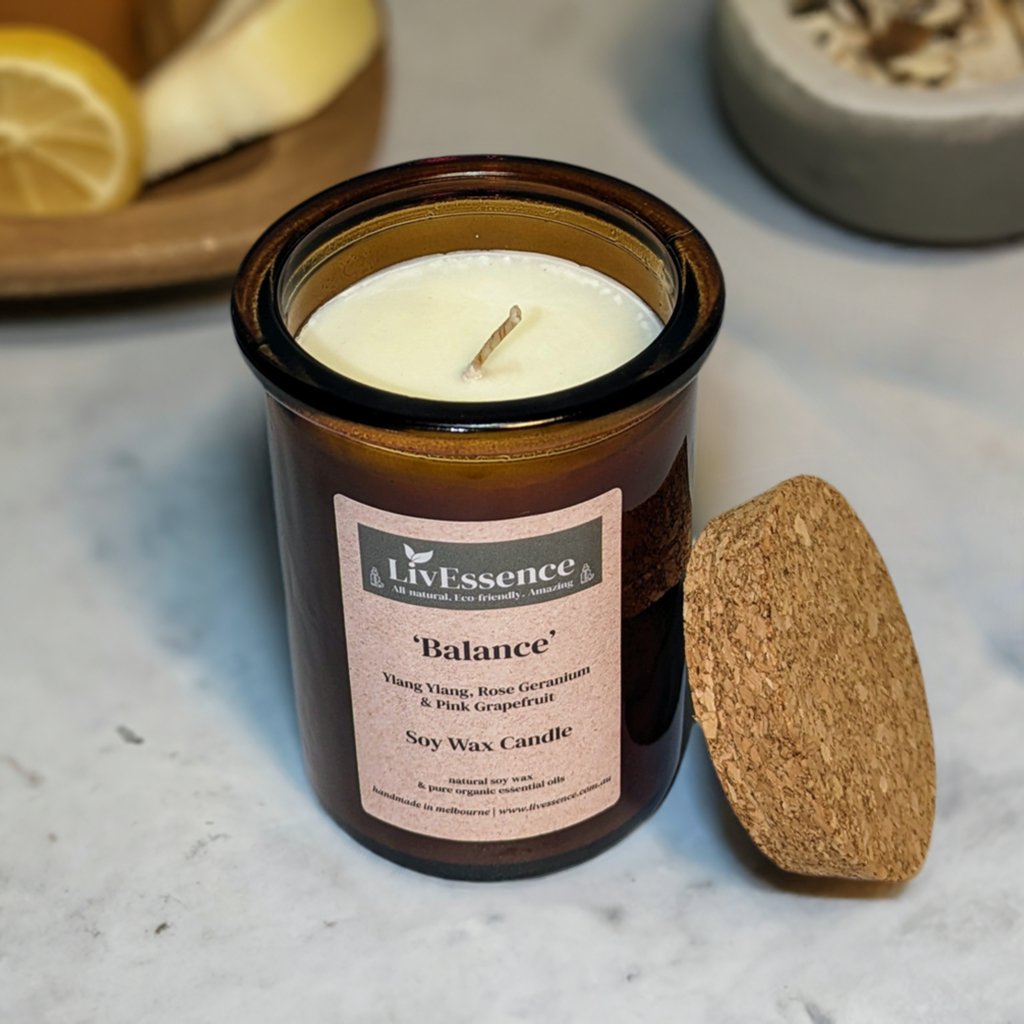Check out the Globe of Crystal Soy Candles and Home Fragrance Delights
From Wick to Wax: Comprehending the Chemistry Behind Soy Wax Candles and Their Environmental Impact
As we brighten our spaces with the warm glow of candle lights, there lies a world of complex chemistry behind the seemingly basic act of lighting a soy wax candle. Join us as we untangle the scientific ins and outs behind soy wax candle lights and discover their implications on our environment.
Soy Wax Vs. Paraffin Wax
When contrasting soy wax and paraffin wax for candle light production, it is essential to understand the distinct qualities and advantages of each product. Soy wax is a natural, renewable energy stemmed from soybean oil, making it environment-friendly and biodegradable - soy candles. In comparison, paraffin wax is a by-product of oil refining, which elevates problems regarding its environmental influence and sustainability
Soy wax candles shed cleaner and send out much less residue contrasted to paraffin wax candles, making them a much healthier option for interior air quality. Additionally, soy wax has a reduced melting factor, permitting a longer-lasting candle that disperses fragrance better. Paraffin wax, on the various other hand, often tends to melt faster and less easily, possibly releasing hazardous chemicals into the air.
From a sustainability point of view, soy wax is preferred for its biodegradability and sustainable sourcing, aligning with the expanding consumer preference for ecologically conscious items. While paraffin wax has been a standard selection in candle light making because of its affordability and ease of usage, the shift towards green options like soy wax is getting energy in the industry.
Chemical Composition of Soy Wax

Combustion Process in Soy Candles
The chemical composition of soy wax straight influences the burning procedure in soy candles, influencing factors such as melt time, scent release, and ecological impact. When a soy candle is lit, the warmth from the flame melts the wax near the wick. This fluid wax is after that formulated the wick because of capillary activity. As the fluid wax reaches the fire, it vaporizes and undertakes burning. The combustion procedure includes the vaporized hydrocarbons in the wax responding with oxygen in the air to create heat, light, water vapor, and co2.
The combustion efficiency of soy redirected here candles is affected by the purity of the soy wax and the top quality of the wick. Additionally, soy wax candle lights have a reduced environmental effect contrasted to paraffin candles due to their sustainable and naturally degradable nature.

Ecological Advantages of Soy Wax

Thought about a sustainable option to conventional paraffin wax, soy wax uses noteworthy environmental advantages that make it a prominent choice amongst eco-conscious consumers. One significant advantage of soy wax is its eco-friendly sourcing. Soy wax is originated from soybean oil, which is mostly grown in the United States. The growing of soybeans helps support local farmers and decreases the dependence on non-renewable fossil fuels used in paraffin wax manufacturing. In addition, soy wax is biodegradable, suggesting it damages down normally without releasing dangerous contaminants right into the environment. This characteristic makes soy wax candle lights an extra eco-friendly choice compared to paraffin wax candles, which are made from petroleum, a non-renewable source. Soy wax burns cleaner and produces much less soot than paraffin wax, contributing to better indoor air quality and minimizing the requirement for cleansing and upkeep. In general, the ecological advantages of soy wax align with the growing demand for environment-friendly and lasting products in the market.
Recycling and Disposal Factors To Consider
Reusing and appropriate disposal of soy wax candles play a crucial role in keeping environmental sustainability and lowering waste in neighborhoods and homes. When it comes to recycling soy wax candle lights, the initial step is to make certain that the candle light has actually shed completely.

In terms of disposal, Homepage if recycling is not an option, soy wax candle lights are eco-friendly and can be securely thrown away in a lot of house waste systems. Nevertheless, it is constantly suggested to talk to local recycling facilities or waste monitoring solutions for particular guidelines on candle light disposal to guarantee correct handling and environmental management.
Verdict
To conclude, the chemistry behind soy wax candles exposes their environmental benefits over paraffin wax candles. Soy wax, obtained from soybean oil, burns cleaner and creates much less residue when compared to paraffin wax. The combustion process in soy candles is extra efficient, leading to a much longer and a lot more also melt. Furthermore, soy wax is eco-friendly and biodegradable, making it an extra sustainable choice for candle production. Reusing and proper disposal of soy wax candles additionally contribute to their environmental influence.
When contrasting soy wax and paraffin wax for candle making, it is essential to understand the distinctive features and benefits of each material (soy wax candles).Soy wax candle lights melt cleaner and send out much less soot contrasted to paraffin wax candle lights, making them a much healthier choice for interior air quality.Thought about a sustainable choice to conventional paraffin wax, soy wax provides notable ecological advantages that make it a popular choice amongst eco-conscious customers. Soy wax burns cleaner and produces less soot than paraffin wax, contributing to better interior air high quality and minimizing the requirement for cleaning and upkeep.In verdict, the chemistry behind soy wax candles discloses their ecological benefits over see this paraffin wax candles